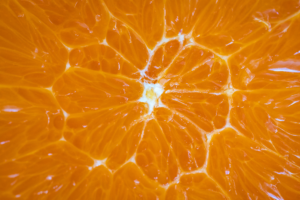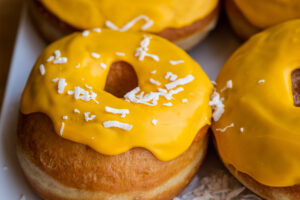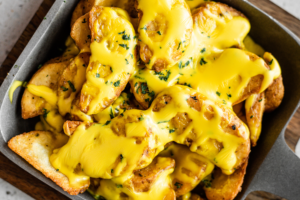Natural color stability is a multifaceted question – but critical for guiding customers to the best solution for their food and beverage products.
Many factors affect the stability of natural colors – from the raw material quality, formulation, food processing, storage, supermarket lighting, to cooking by the final consumer. Testing ensures that the processing formulation, and packaging solutions employed are robust and validated.
We’ll share how we test for stability to heat, light, and acid.
Heat stability
It is critical to know the heat stability of natural colors before using them in applications like bakery, confections, extruded products, or beverages where the color will be subjected to high temperatures or periods of extended heat.
There are multiple ways to test heat stability for different applications, but stability is generally determined by incubating the color at a time and temperature similar to the customer’s application. The color is measured using a colorimeter before the test and after being subjected to the heat process to track the impact of time and temperature on the color.
Beverages may be incubated in a hot box or tested in a water bath to see how well the colors perform when pasteurized. Color stability in a baked good, on the other hand, is tested in the oven. Colors that measure within a dE CMC (or total color change) of 3 to the original sample are considered to have excellent heat stability.
Check out the video below to see more in depth how we test the heat stability of natural colors.
Light stability
Light stability in application is the most commonly requested test from customers with translucent or transparent packaging since they need to know if their product will retain the initial vibrancy and shade across the retail shelf life. Check out how we do it in the video below:
The ideal light stability test is a real-time test in the final packaging using the same lighting, e.g., Cool White UV, DE65 artificial sunlight, etc. under which the product will be stored. The test is conducted for the duration of the desired shelf-life of the product.
Under these conditions and with accurate and precise measurements using either absorbance (using a spectrophotometer) or L*,a*,b* (using a colorimeter) the color change can be tracked over time, measuring the product at certain intervals.

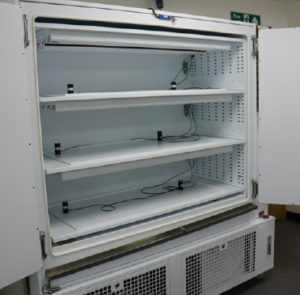
If real time testing is not possible due to a short development or launch window, accelerated light testing is done using high intensity light.
Samples are placed in a photostability cabinet like the one above that is temperature controlled to 25°C (77°F) using illumination that would mimic supermarket conditions. By doing this, we can get general light stability results in 15 hours that would typically take a full year in real time.
The image below shows Emulsitech® Beta-carotene at a 0.02% use rate that has gone through accelerated light testing. The post-light beverage on the right has a dE CMC of 3.89 from the original, which indicates very good stability.
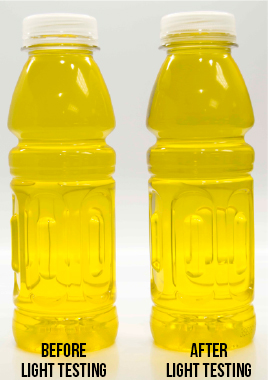
Acid Stability
Acid stability is another commonly requested test that measures how stable a natural color is at different pH levels and in certain conditions. While this is specific to the customer and the application, a general acid stability test can be performed. Check out the video below featuring our galdieria blue, to see how we check the acid stability of a product.
In this type of test, the natural color is added to solutions at a range of pH levels. The color is then measured and monitored for a set period of time: generally an accelerated test for quick results, or a real-time test for more comprehensive results. If at the end of that time the color has not faded or precipitated, it is generally considered to have good acid stability.
While the key aspects of natural color stability that are checked are the three we talked about here: heat, light, and pH, many other types of stability tests, such as alcohol, salt, or flavor system tolerance can be performed depending on specific products or customer requirements.
Check out the different types of support we offer or contact us to get started.



